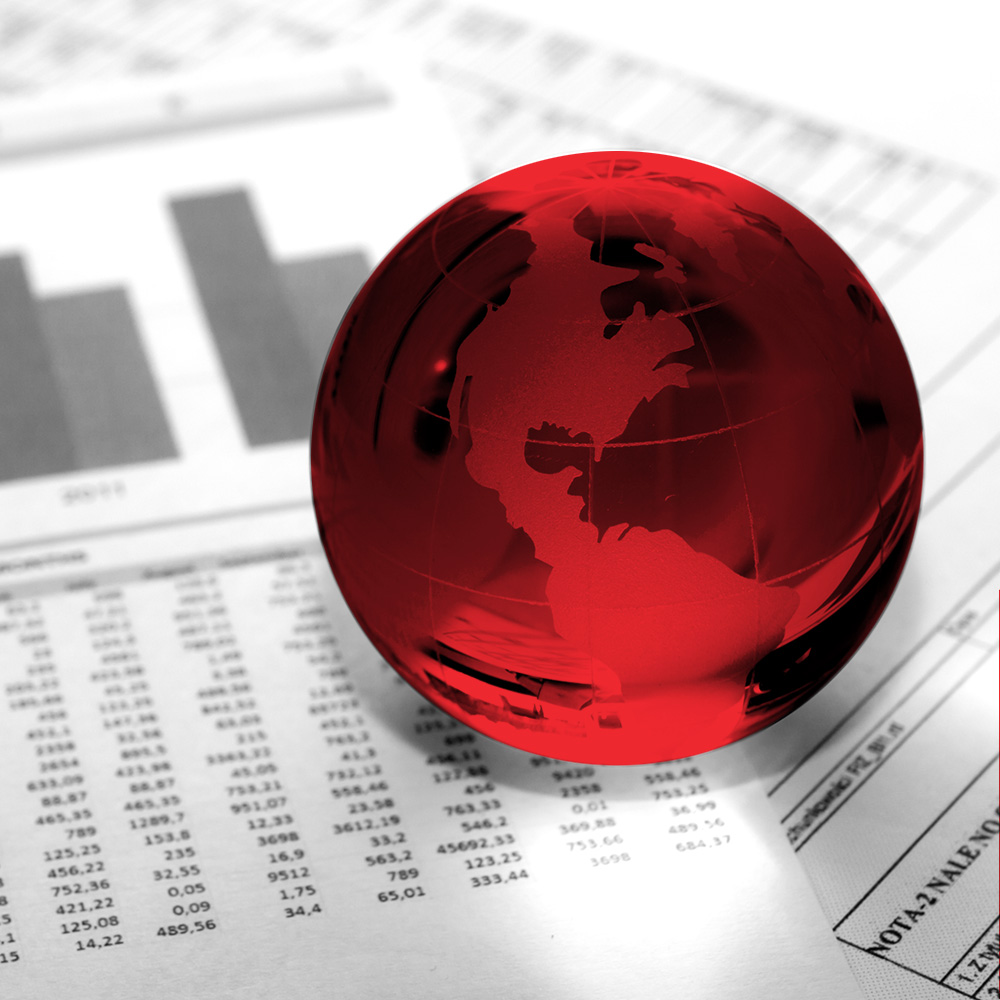
2022 was a rough year for investors and many are feeling gloomy about the outlook for returns going forward. But as Orbis explains in this article, from a relative perspective they have a great deal of enthusiasm, as history suggests that good stock picking results can make an enormous difference when equity markets are generally weak.
We often say that investment returns—both absolute and relative—do not come in a straight line. The unwinding of the “Everything Bubble” is proving to be an excellent real-time case study. The bubble has started to burst, but as we noted in last month’s commentary, we are a long way from completing the post-bubble deflation process that has been typical historically.
Markets are also reflexive, which is to say that there are powerful self-reinforcing dynamics. The upward spirals that come with FOMO (Fear of Missing Out) need little explanation after the insanity of 2021, but there can also be downward spirals.
George Soros described it best: “…the time when past excesses are corrected is the period of greatest risk. The excesses were meeting a certain need; otherwise they would not have developed in the first place. Can the system function without them? Moreover, the process of correction can develop its own momentum, setting off a self-reinforcing trend in the opposite direction.”
Those words were written in the mid-1980s—a time when the “past excesses” of that era seem almost quaint by today’s standards. Still, the warning remains as relevant as ever, and there is good reason to be cautious. Valuations look more reasonable than they have since the pandemic, but they are far from cheap, and investor sentiment seems remarkably optimistic to us. If nothing else, it seems fair to say that the extraordinary equity market returns over the past decade are unlikely to repeat over the next ten years.
From a relative perspective, however, we have a great deal of enthusiasm. History suggests that good stockpicking results can make an enormous difference when equity markets are generally weak. Japan is a classic example. Since 1998, when we launched our Japan Equity Strategy, the Japanese stockmarket has returned just 3.9% per annum—a disappointing reward for taking two and a half decades of equity market risk. And that’s assuming you didn’t throw in the towel in 2012 when Japanese equities were still in negative territory after 15 years!
But while Japan has been a depressing market for passive investors, it has been a rich hunting ground for contrarian stockpickers. Since 1998, our stock selections in Japan have delivered roughly double the annualised returns of the local benchmark, and higher returns than the World Index. Relative returns are not just a garnish on the side of market returns—they can be the difference between lacklustre and globally competitive results.
Of course, we can’t predict future relative performance any better than we can predict absolute returns. But there are clear lessons from this period in Japan and other historical episodes of lacklustre equity returns elsewhere. The big one—which everyone seems to forget during bubbles—is that valuation always matters. If you can consistently buy shares of businesses for much less than they are worth, you should have at least a fighting chance to outperform broader stockmarkets. Another important lesson is that the opportunity set is constantly evolving. Although we love to find shares of companies that we can own for many years, we are prepared to shift capital to the most attractively valued shares at any given time.
As an illustration, in 2022 our investment team researched more than 400 companies. Less than 60 made it to the final step of scrutiny in our research process. And of that group, only 11 stocks became new positions of greater than 1% in our Global Equity Fund.
Two clear themes stood out among these new additions. One cluster of value that emerged was in businesses that provide critical energy, infrastructure, and materials. A second and more recent theme has been banks outside the US. We added two significant new holdings (Mitsubishi UFJ Financial Group and Resona Holdings) in the fourth quarter, which join a group of bank holdings that account for about 17% of Global vs. 7% of the FTSE World Index. Most trade well below tangible book value, they are far better capitalised than they have been in the past, and they tend to pay healthy dividend yields.
Overall, Global’s positioning continues to be as heavily tilted in favour of “value” shares as it has been at any time in its history. Our stock selections in energy, banks and other value-oriented holdings account for about 70% of the portfolio. As attractive as these shares may be, there will inevitably come a time when we need to move on to new ideas. And that’s fine with us. History has shown that we have done a pretty good job finding new ideas when the time comes.
As an illustration, about 800 of the nearly 1,000 stocks in the FTSE World Index in 1990 were still trading at the end of 2022. The median “buy and hold” return since then has been an unremarkable 5% per annum—less than the Index, and much less than our Global Equity Fund. The very best company over this period—Microsoft—returned about 22% per annum, but there were very few individual stocks that outperformed Orbis Global over this period—only about 60, or a mere 6% of the starting group.
Our takeaway: if you want to outperform the market, you either need to get lucky and find the next Microsoft, or get busy looking for undervalued stocks.
Financial advisers can contact their local regional manager to learn more about the Orbis Global Equity Fund.


